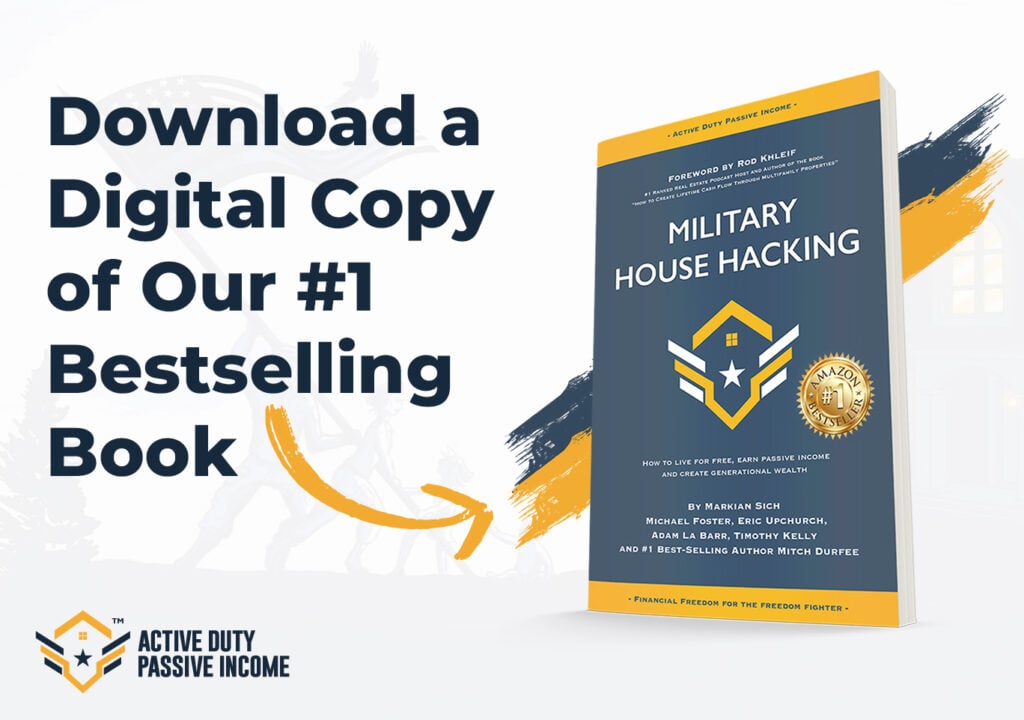When it comes to real estate investing, one of the most powerful tools in your arsenal is creative financing. It’s a strategy that allows investors to acquire properties without relying solely on traditional bank loans. By leveraging innovative funding methods, you can expand your portfolio, close deals faster, and often save money in the process. Here’s a comprehensive guide to understanding and mastering creative financing, presented as a four-part series.
Part 1: What is Creative Financing?
Creative financing refers to non-traditional methods of funding real estate deals. Instead of going through banks or mortgage lenders, investors use strategies like seller financing, lease options, private money, or subject-to deals. These methods offer flexibility and can be tailored to fit the unique needs of both buyers and sellers.
Unlike traditional loans, creative financing often involves negotiating directly with the other party. This approach opens doors for individuals who may face challenges like poor credit or insufficient down payments. It also helps sellers move properties quickly and, in some cases, maximize profits.
Creative financing is not just a financial tactic—it’s a mindset. Successful investors view it as an opportunity to solve problems, whether it’s for themselves, the seller, or even both.
Part 2: Popular Creative Financing Strategies
Seller Financing
In this arrangement, the seller acts as the lender. Instead of receiving the full purchase price upfront, they allow the buyer to make payments over time, often with an agreed-upon interest rate. This can be a win-win solution when a seller is looking for steady income or when traditional financing isn’t an option for the buyer. Sellers might also benefit from tax advantages by spreading out their capital gains over several years.
Subject-To Deals
With a subject-to deal, the buyer takes over the seller’s existing mortgage payments while the loan remains in the seller’s name. This strategy is particularly useful when interest rates are high, as it allows the buyer to benefit from the seller’s lower-rate mortgage. However, subject-to deals require clear communication and trust between parties, as the original mortgage holder remains liable.
Lease Options
A lease option gives the buyer the right to lease a property with the option to purchase it later. This method is ideal for buyers who need time to secure financing or improve their credit scores before committing to a purchase. For sellers, lease options can create a steady stream of income while keeping the option to sell later at a potentially higher price.
Private and Hard Money Lending
Private money comes from individuals who invest their own funds, while hard money typically comes from companies specializing in short-term loans for real estate investors. Both options offer faster and more flexible solutions than traditional loans but often come with higher interest rates. Hard money loans, for instance, are ideal for house flips or quick-turnaround projects, while private money can be used for longer-term investments.
Wraparound Mortgages
A wraparound mortgage involves the seller maintaining their existing loan while creating a new loan for the buyer. The buyer makes payments to the seller, who continues paying the original mortgage. This technique can create opportunities for deals that otherwise wouldn’t be feasible under traditional lending rules.
Part 3: Benefits of Creative Financing
- Flexibility: Customizable terms help buyers and sellers find mutually beneficial solutions. For example, a buyer might negotiate lower payments upfront in exchange for higher payments later.
- Less Reliance on Credit: Many strategies don’t require high credit scores or lengthy bank approvals, making real estate more accessible to a wider range of investors.
- Faster Closings: Avoiding traditional lending institutions can significantly speed up the buying process, which is especially important in competitive markets.
- Win-Win Scenarios: Sellers can offload properties quickly, and buyers can secure deals with less upfront cash, creating opportunities for both parties.
- Leverage Existing Resources: Investors can acquire properties using other people’s money, increasing their portfolio without draining personal funds.
Part 4: Is Creative Financing Right for You?
Creative financing isn’t just for seasoned investors; it’s also a fantastic way for beginners to break into real estate without substantial capital. However, it’s essential to understand the legal and financial implications of each method. Missteps can lead to financial loss or legal trouble, so due diligence is critical.
Building Your Team
To navigate creative financing successfully, surround yourself with a team of trusted advisors. Real estate attorneys and experienced “mentors” can provide guidance and help you avoid common pitfalls. Joining local real estate investment groups or online forums can also expand your network and provide valuable insights.
Case Studies
Consider a situation where a buyer uses a subject-to deal to acquire a property with a 3% interest rate in a market where new loans are at 7%. Not only does this save money, but it also makes the deal more attractive. Similarly, a lease option can allow a new investor to control a property with minimal upfront costs while they build their financial standing.
Conclusion
Creative financing is more than just a workaround; it’s a strategic approach to unlocking opportunities in real estate. Whether you’re looking to close your first deal or expand an existing portfolio, mastering these techniques can set you apart in a competitive market. Each method has its own risks and rewards, but with the right knowledge and support, you can use creative financing to achieve your investment goals. Start exploring these strategies today and see how they can transform your real estate journey!







